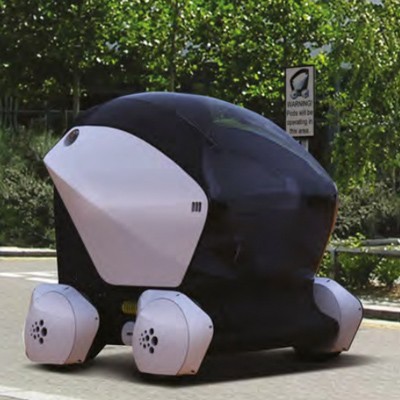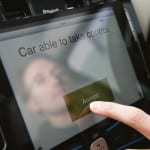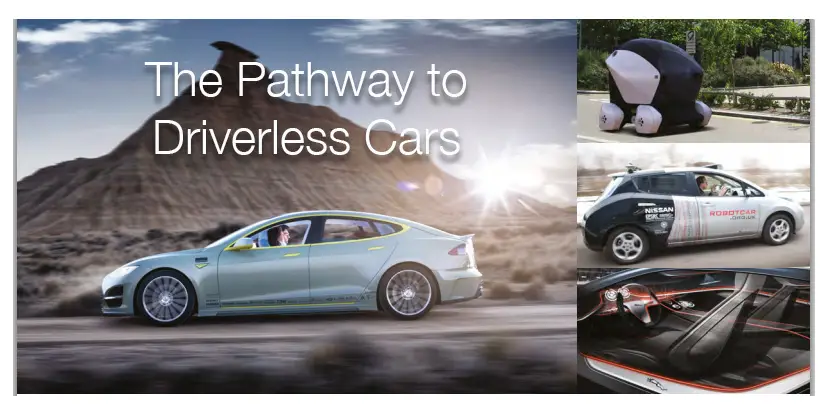A wide-ranging report and action plan to get driverless cars on UK roads was published today by the country’s Department for Transport. It is believed this proposed change will lead to a huge shake up of the Highway Code in order to stop the automatons from blocking up the roads. In order to be successful, the rewrite would first need to make the code that has governed UK road since 1931 to be much less strict.
Any automated system would interpret the current code as law. Meaning areas such as passing distances, speed limits and tailgating need to be reformatted, and given as rough guidelines rather than set distances, to create a similar judgement as a human driver would. Currently the code may leave driverless cars crawling behind cyclists waiting for “the same room you would allow a car”.
Robots Don’t Make Mistakes
Driverless cars have a much smaller margin of error meaning many others areas could be relaxed due to the reduced risk of accidents. Maneuvers such as overtaking could be done with much greater accuracy and almost zero risk. Because of this, rules regarding safe distances need to be reviewed with driverless cars in mind.
“If everyone obeyed exactly what it said in the Highways Code, the roads would probably grind to a halt. If we ask driverless vehicles to respect every aspect of the Highway Code we will quickly discover that some things would be unworkable.
 It’s an opinion supported by Graham Parkhurst, head of an academic research programme in Bristol looking into the viability of driverless vehicles. Speaking to The Telegraph, he outlined the importance of interpretation and decision making:
It’s an opinion supported by Graham Parkhurst, head of an academic research programme in Bristol looking into the viability of driverless vehicles. Speaking to The Telegraph, he outlined the importance of interpretation and decision making:
“Currently, people use experience, these things are negotiated. It may require us to look again at some of the recommendations”.
Two big benefits of the expected increase of automated vehicles are the reduced risk of accidents and the lowered insurance costs. Mistakes by drivers account for 9 out of 10 road incidents; in a completely automated road system, accidents would be almost eliminated. However, it’s unlikely the road will ever see a completely driverless era.
Different Laws
It is believed automated cars could start hitting the roads fully as early as next year, meaning any changes need to be made quickly and correctly. The new report takes into account normal drivers, “fully automated cars” – which is when there is no human control of the car and therefore no drivers licence needed – as well as the halfway “highly automated cars” where control could be taken over at any time.
“I want Britain to be at the forefront of this exciting new development, to embrace a technology that could transform our roads and open up a brand new route for global investment.” – Transport Minister Claire Perry
Dependent on the type of car used, there could be differing laws for things like seatbelt use, eating and using a mobile phone, leading to some areas that will be much more difficult to police. When accidents do happen who ultimately is to blame? The driver/passenger, pedestrians involved or the company that produced the car?
These are all questions that need to be address before the introduction of any automated system. They also need to be done quickly as Greenwich, Bristol, Milton Keynes, and Coventry will likely see driverless ‘cars’ hit the roads this summer!
[button link=”https://www.gov.uk/government/uploads/system/uploads/attachment_data/file/401562/pathway-driverless-cars-summary.pdf” icon=”fa-external-link” side=”left” target=”blank” color=”285b5e” textcolor=”ffffff”]Source: Gov.uk[/button]Last Updated on November 27, 2018.










